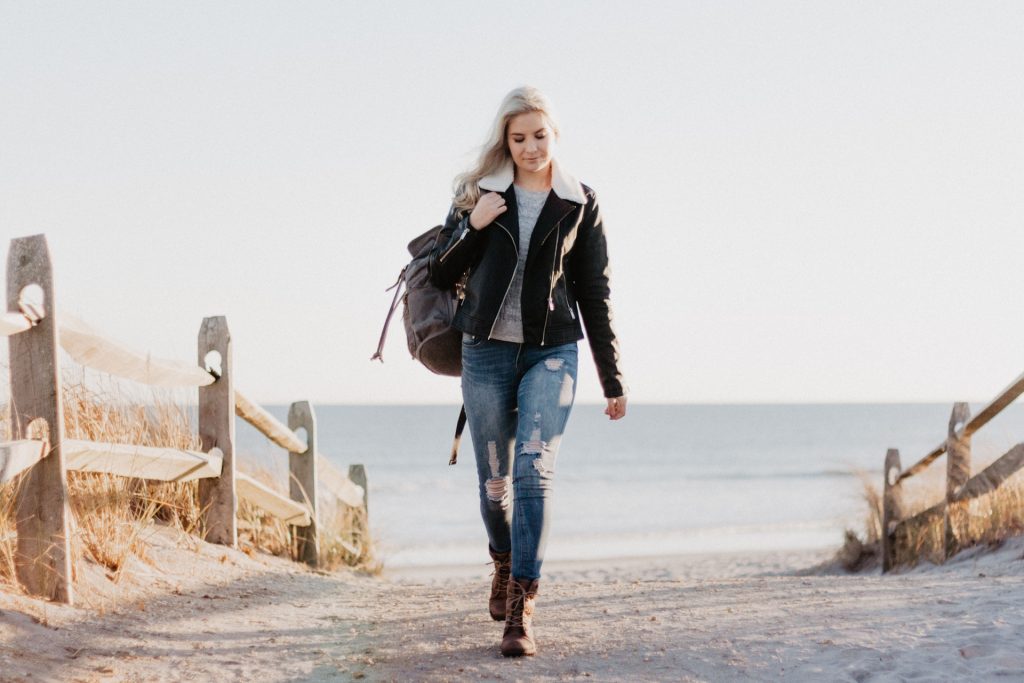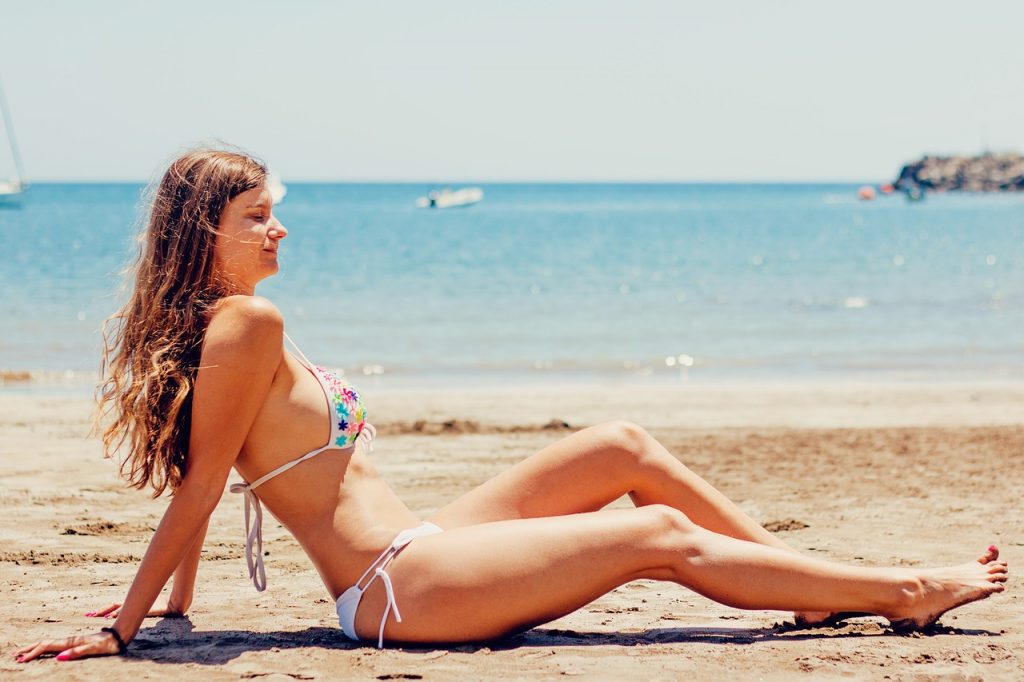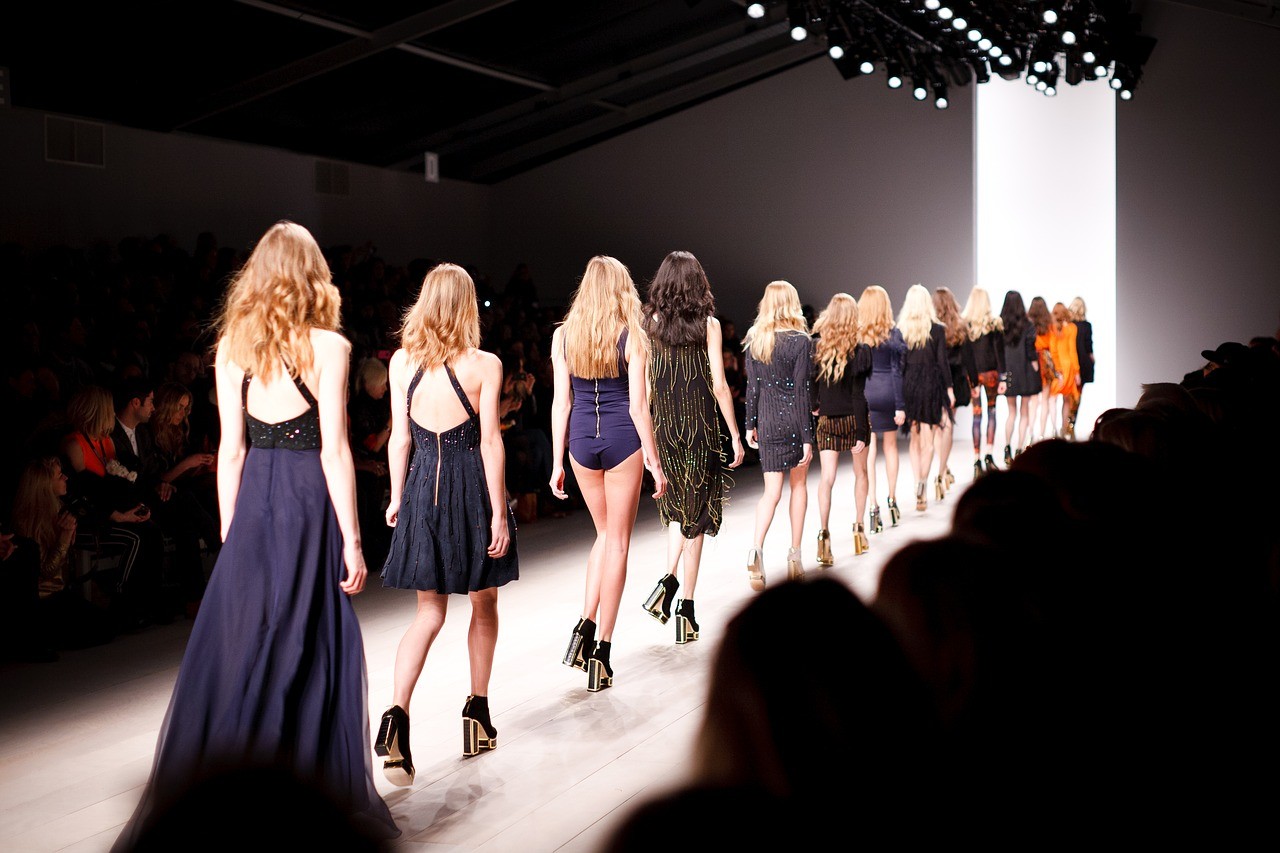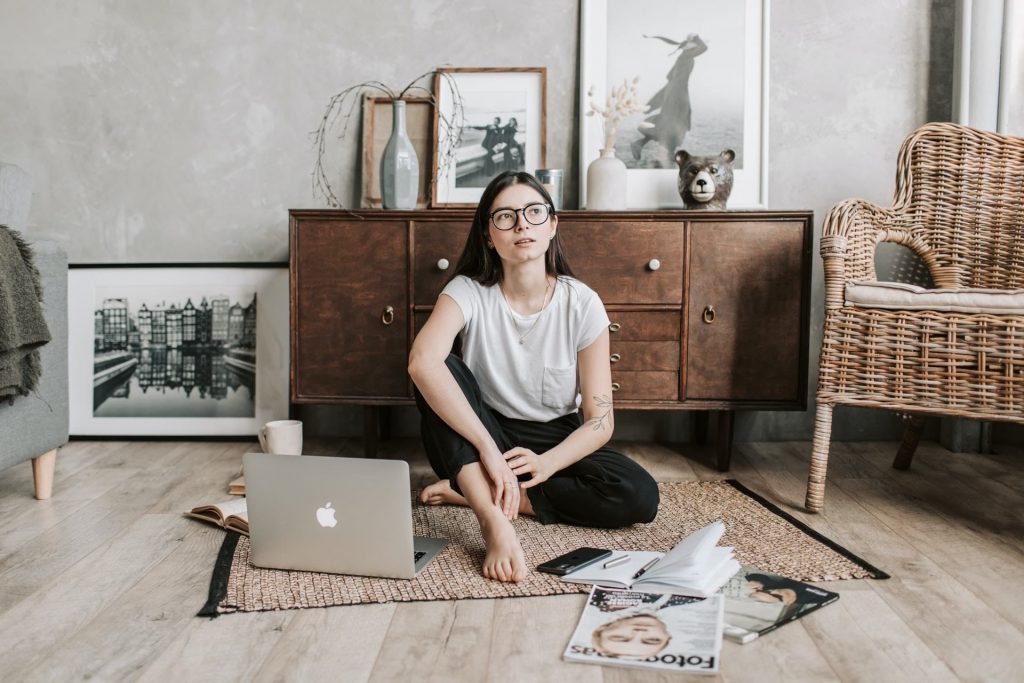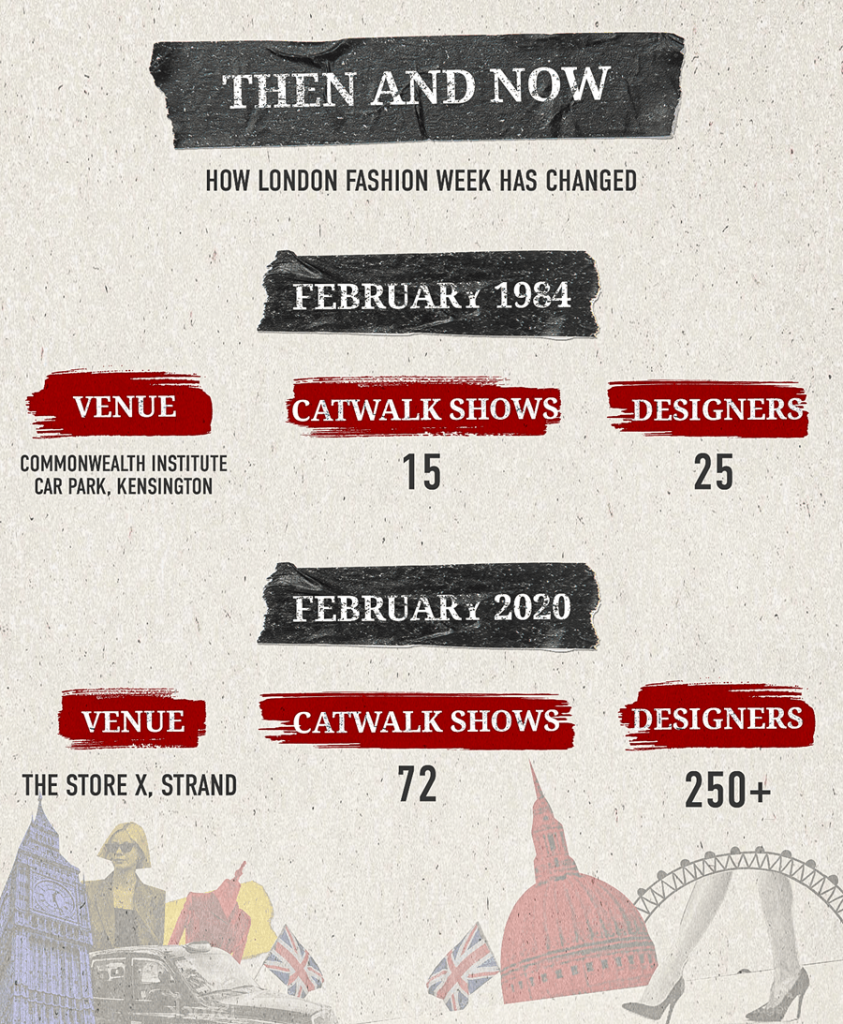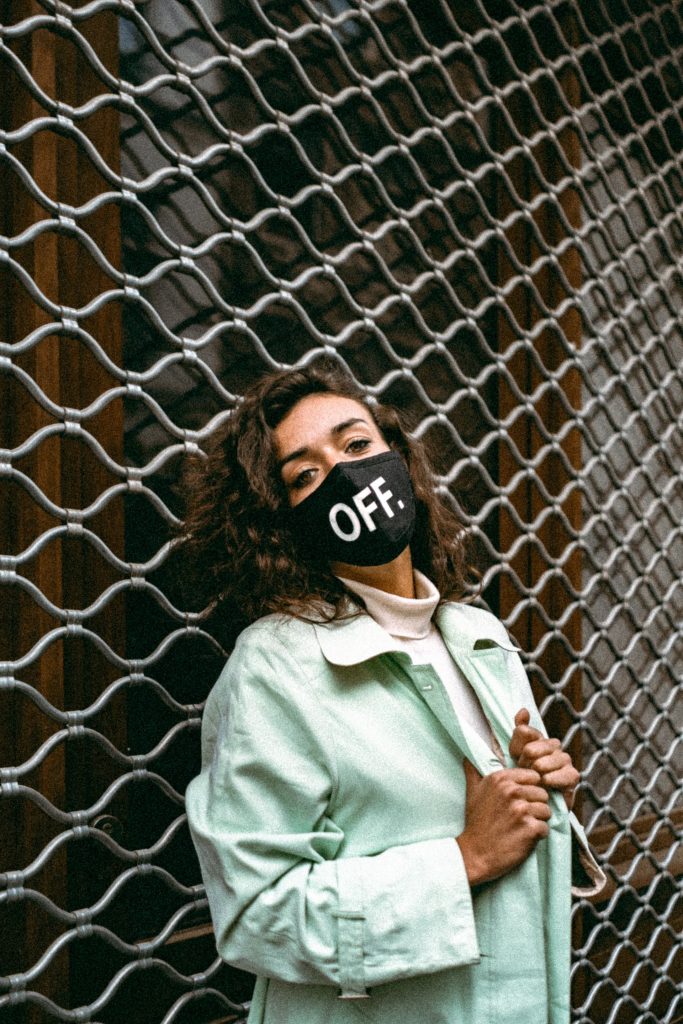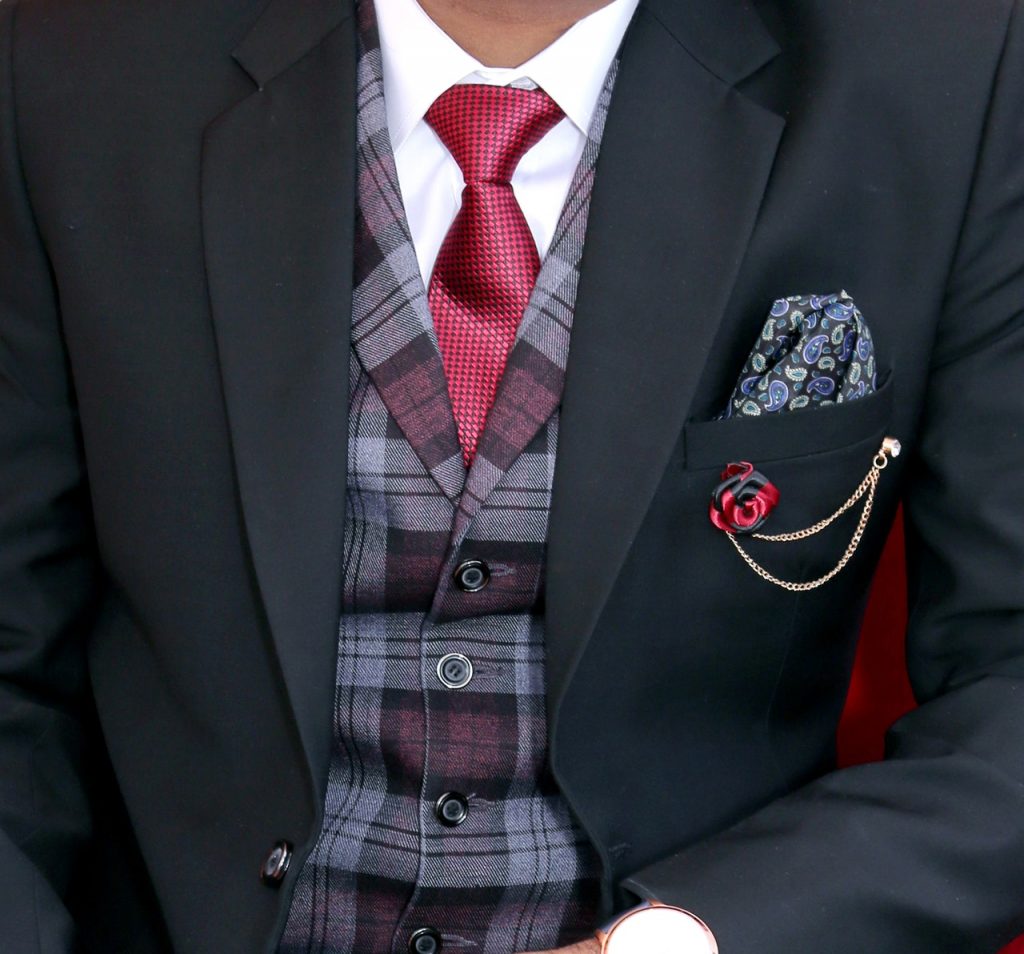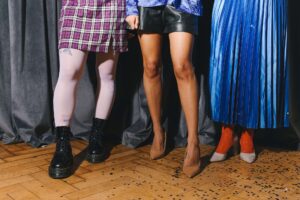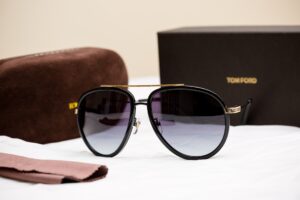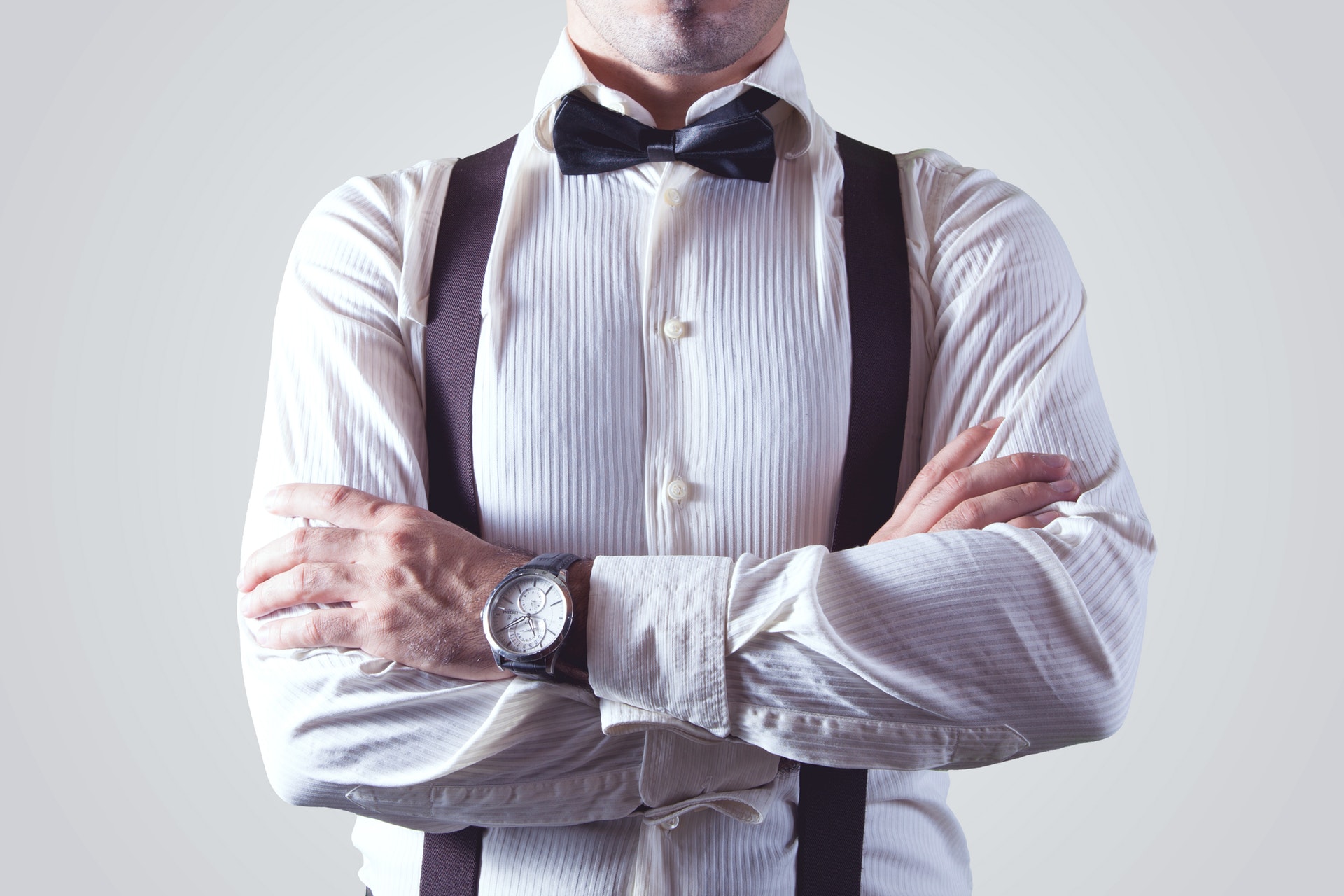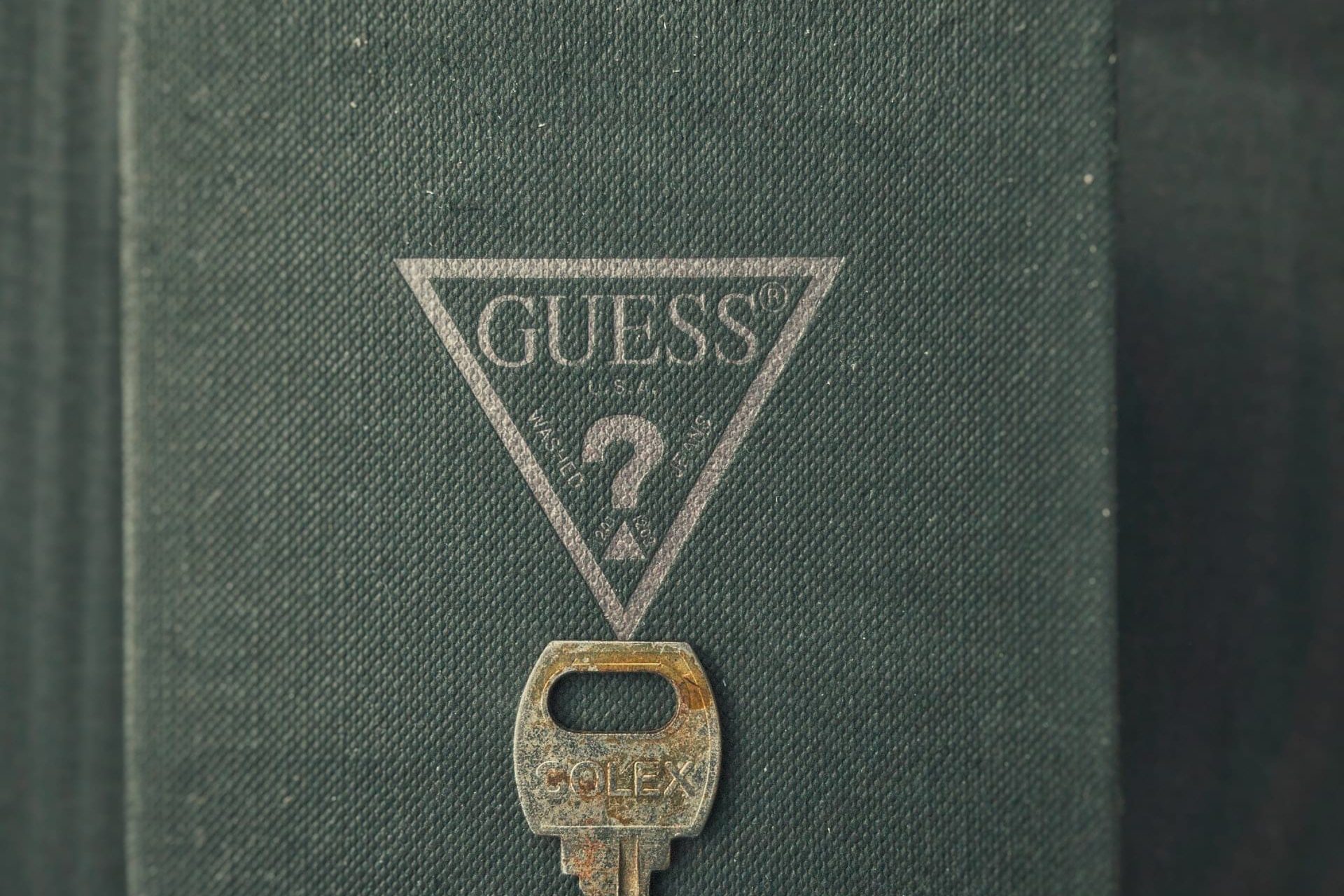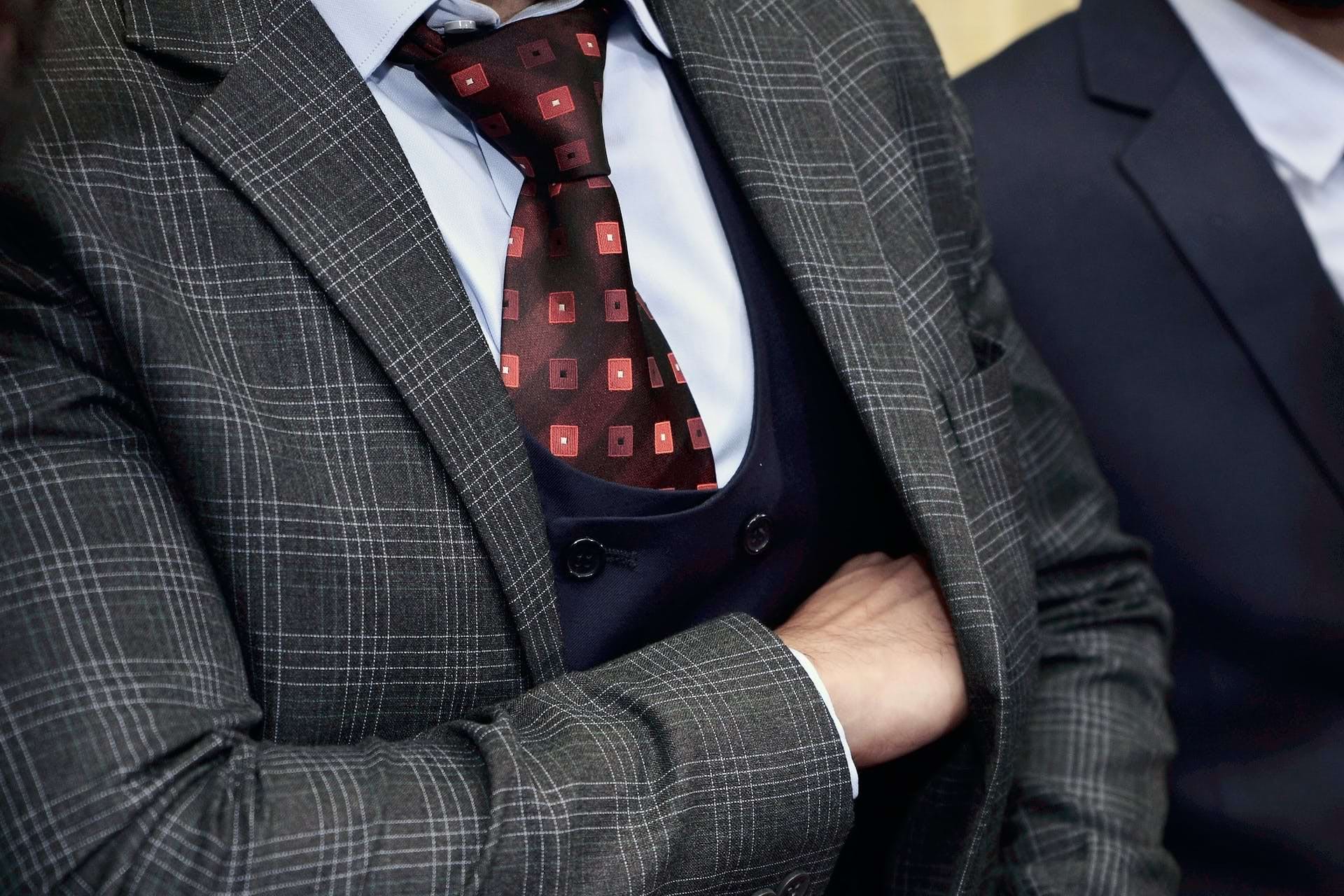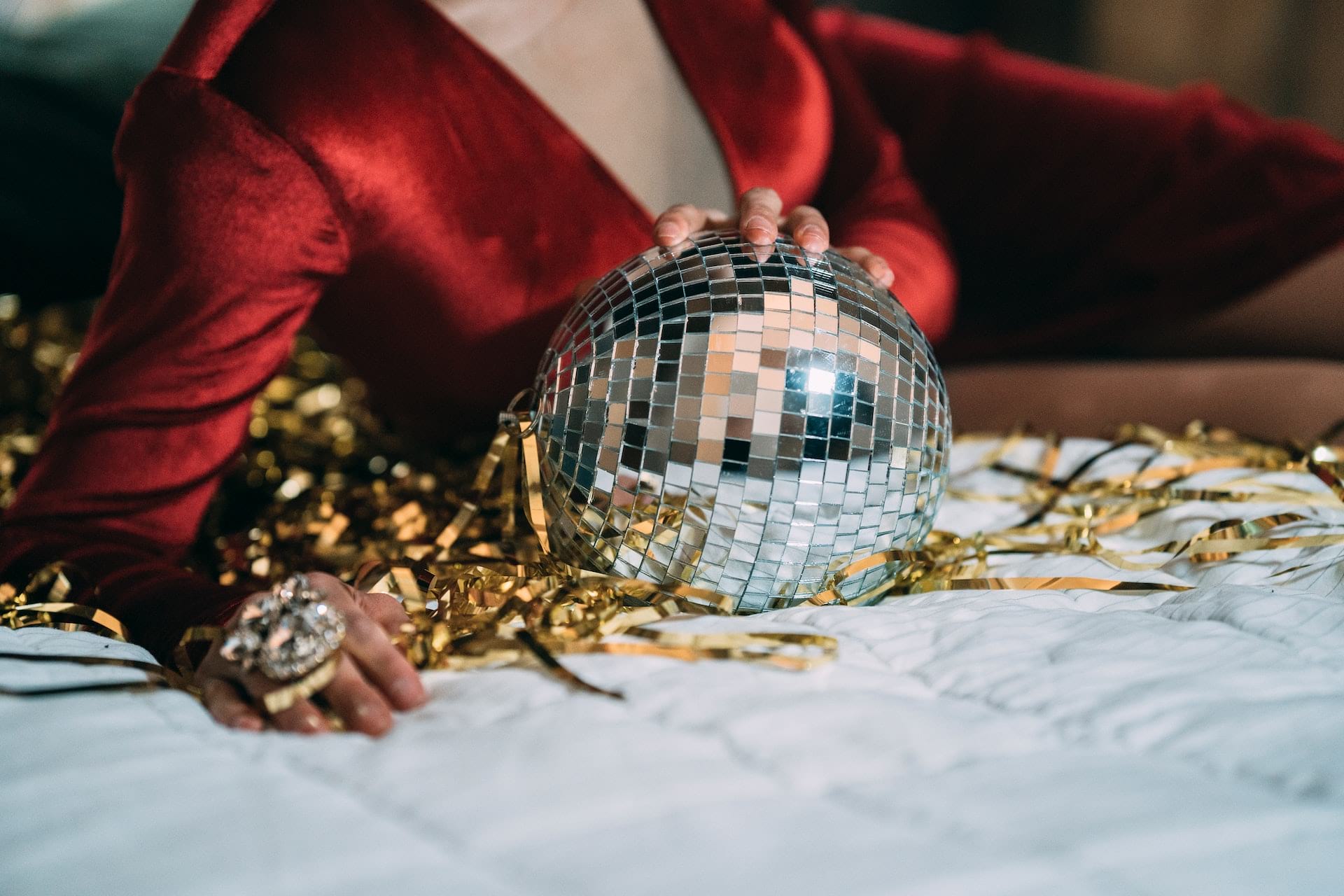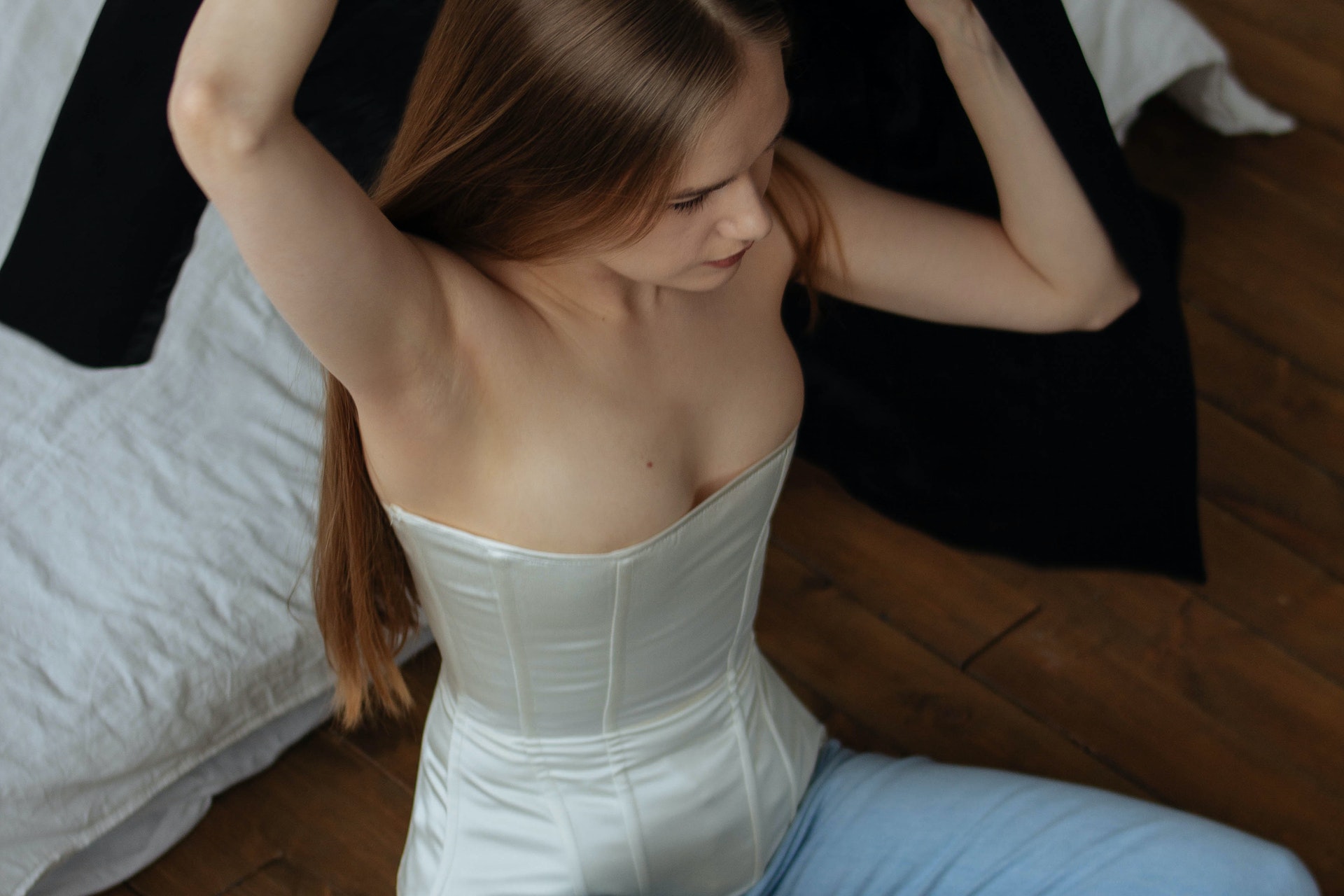
It’s undeniable that the ongoing Covid-19 pandemic has had a huge effect on the fashion industry. We’re unlikely to know all the ways in which the situation has changed until the dust has settled, so to speak, but some big changes are coming. While the pandemic has been ongoing, fashion has been changing; although fashion as an industry absolutely depends on constant change, Covid-19 has altered it in fascinating and unpredictable ways. Here are just some of the ways that fashion has evolved during the Covid-19 pandemic.
Comfort over aesthetic
Perhaps the biggest and most obvious change to fashion in the pandemic has been the increased emphasis on comfort over aesthetic considerations. We’re no longer thinking about whether an outfit will slay when we wear it out and about; rather, we’re thinking about how it’s going to feel, and that’s a change we can’t imagine going away after the pandemic is “done”. Covid has undeniably pushed consumers towards more comfortable clothing options; working at home means people don’t mind wearing something geared towards functionality rather than fit.
Fashion Week changes
Traditionally, the Big Four fashion weeks – London, New York, Paris, and Milan – are audience-attended events where influencers, media, and fashion aficionados gather together to admire models in the latest designs. However, now that large audiences are pretty much outlawed in most places around the world, Fashion Week has had to adapt. London Fashion Week, for example, has gone fully digital this year, and although it likely will have a physical presence next year, we think it’ll still have a digital emphasis. If you’re a big fashion fan, worry not – the event is still going strong. Check out this infographic from Betway to see just how strong!
More local fashion shows
Part of the fashion industry’s appeal is its globetrotting nature; people travel from all over the world to see designs created by icons and modeled by equally iconic figures. However, when Covid-19 struck, travel bans were imposed all around the world. Even as those bans are lifted, more fashion events will be for local crowds rather than international audiences; there’s still going to be reluctance around travelling for many people for a long while. That means fashion may become more cloistered and local rather than international in focus.
Chic face masks
When mask mandates were brought in around the world, many saw it as a gloomy indication of what lay in store for us in the future. However, influencers and fashionistas quickly began to make this new requirement their own. After all, a face mask is simply another item of clothing; why can’t it look good, as long as it maintains the medical requirement to keep you safe? During the Covid-19 pandemic, we began to see the rise of stylish, chic face masks that coordinated with outfits and worked more as accessories than as necessities, bringing a much-needed levity to proceedings.
More ethical fashion brands
As Gen Z began to come of age during the coronavirus pandemic, many members of the generation turned away from unethical fashion brands in favour of those with a more ethical slant. Money grew tighter, so “make do and mend” became the defining phrase. That meant out with larger fashion brands that had unsustainable production methods and in with more homemade fare. The fast fashion trend also took a hit during Covid-19; massive stores like Primark, which has no online presence, were hit hard by the pandemic and couldn’t trade for long periods of time.
The death of the suit?
With a shift towards home working, many are wondering whether Covid-19 could be the final nail in the coffin for formalwear. Many think that the suit has no place in 2021, when everything is geared towards casual fashions, and with the pandemic further reinforcing the notion that it’s not what you wear but what you do in it, the suit’s days could be numbered. There’s still something to be said for a person in a finely-pressed tuxedo, but we can’t say we’d necessarily be glad to see the back of this rather unnecessarily formal garment in the future.
More getting dressed up
Even though we’re not going out anywhere, many of us still want to get dressed up, and that’s never been more true than during the pandemic. Social media saw plenty of hashtags trending about how people were getting dressed in their best clothes and “going out” without leaving the house. After all, just because we’re stuck indoors, that’s no reason not to make ourselves feel good; it can actually improve your mental health to put some effort into your appearance, instilling a sense of confidence and self-worth where the pandemic may have damaged it otherwise.
Luxury is gauche
During a time when many people were struggling for money, flaunting luxury clothing items became somewhat gauche. The rich were scrutinised almost more than they ever were during the Covid-19 pandemic (not that it’s ended, of course), and that’ll continue after the pandemic has waned. We’ll likely see more and more “simple” fashions that eschew ostentatious luxury in favour of straightforward simplicity. After all, if you’ve just lost your job as a result of Covid, the last thing you want is to see someone wearing an incredibly expensive garment that costs more than your wages for a year, right?
These are just some of the ways we think the fashion industry and fashion trends have changed during the Covid pandemic. What do you think? What have we missed?
